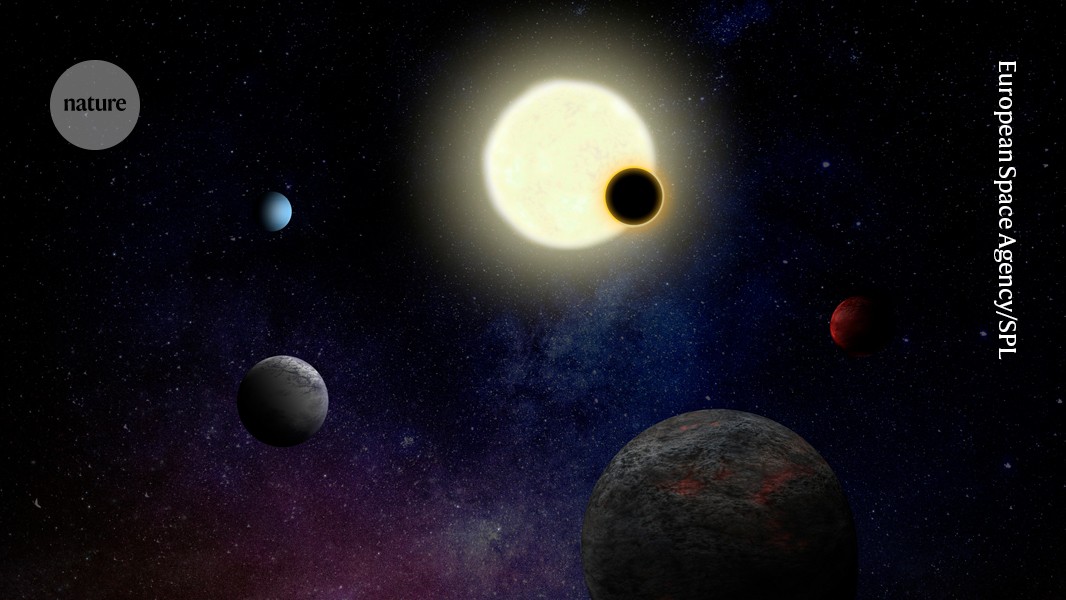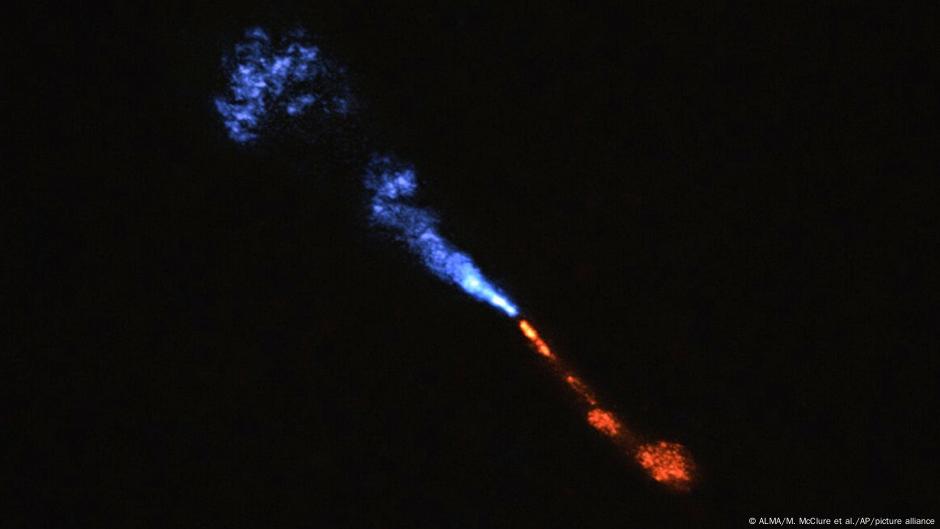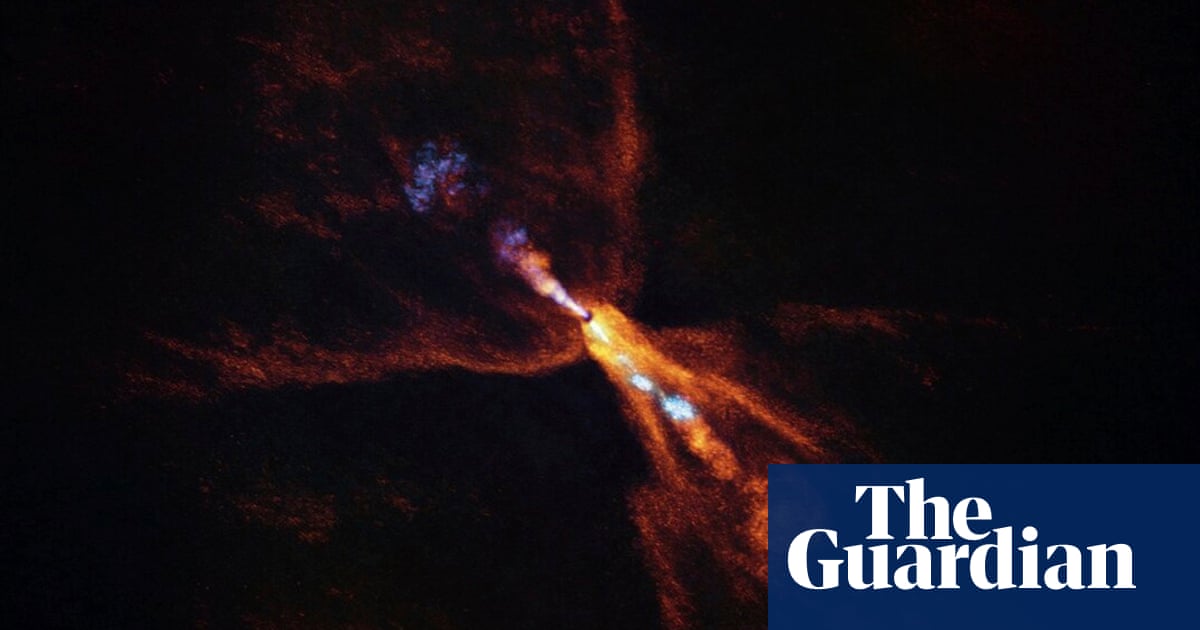#planet-formation
#planet-formation
[ follow ]
#exoplanets #astronomy #astrophysics #james-webb-telescope #hops-315 #accretion #jwst #james-webb-space-telescope
fromFuturism
4 months agoThe Object at the Center of Jupiter Is So Strange That It Defies Comprehension
The core of Jupiter, the largest planet in our solar system, has long been a source of mystery for astronomers: an object so unfathomably dense and hot that it defies comprehension. Conventional theories have suggested for years that the gas giant's behemoth interior was formed following an enormous collision with an early planet. The "giant impact" theory suggests that roughly half of Jupiter's core originated from the remains of such a planet, explaining what researchers believe to be its strange, " fuzzy" interior.
Science
[ Load more ]






